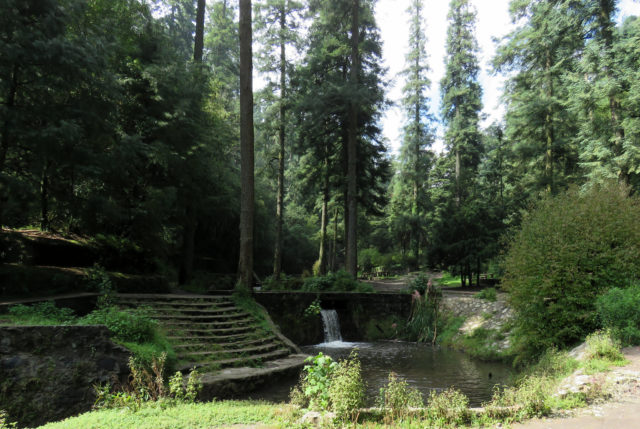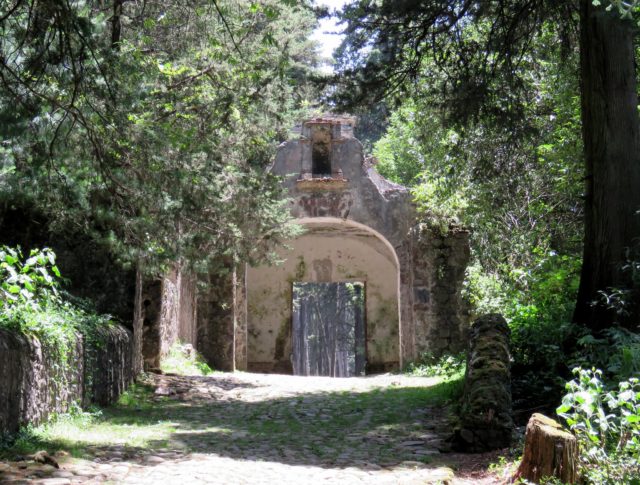The Desierto de los Leones or Desert of the Lions was Mexico City’s first national park and is located only an hour’s drive west from Mexico City.
The park covers 1,867 hectares (4,613 acres) and is renowned for its dense forests as well as its abundant natural springs, which are the main sources of water in the city.
The history of this place begins back in 1521 when Spanish troops captured the area that now belongs to Mexico City. Spain wanted the indigenous people to convert to Christianity, and so Catholic monks began arriving for exactly this purpose.
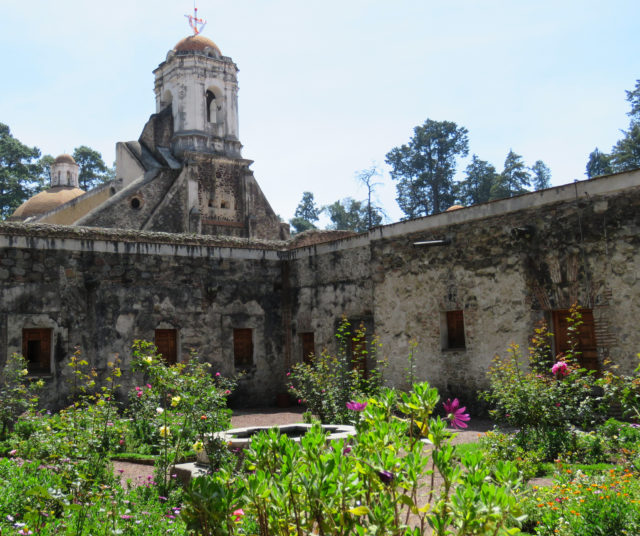
Despite its name, this place is not a desert. In fact, the area is actually relatively cold and damp at 2,600-3,700 meters (8,530-12,139 feet) above sea level. In this instance, the word was being used in its archaic sense to denote a wild and sparsely populated area and one that is located far from any nearby cities.
The name also doesn’t reflect the fact that big cats live there since the word “Lions” refers to “Leones,” the surname of a family that helped a religious order to settle on this land.
Because the barefoot Carmelites who wished to live there couldn’t perform secular activities, the Leon family deal with all the legal necessities.
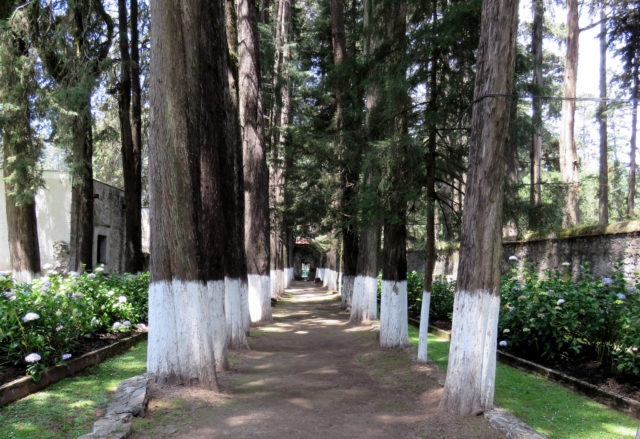
The construction of the first monastery in the Desert of the Lions began in early 1606. After five years of work, a convent had been built that consisted of ten hermitages surrounded by an outer wall.
Unfortunately, the structure of the first monastery began to deteriorate due to adverse weather conditions.
In 1722, the monastery was knocked down and construction was begun on a new domed building that had a chapel and rooms for visiting monks. It is this structure, which was finished in 1814, that has been preserved to this day.
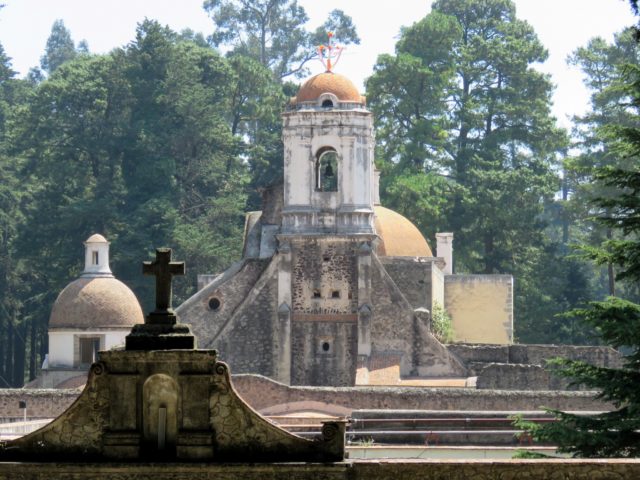
However, while this building was being constructed, many monks decided to leave around 1801. The Carmelites are an order that takes vows of poverty and silence, believing they should worship God in the wilderness.
Unfortunately, as Mexico City developed and expanded, it began to encroach onto the monstery’s space. The abundant resources of the surrounding forest also attracted loggers. As a result, the monks didn’t feel themselves to be sufficiently isolated anymore and chose to move to the town of Tenancingo.
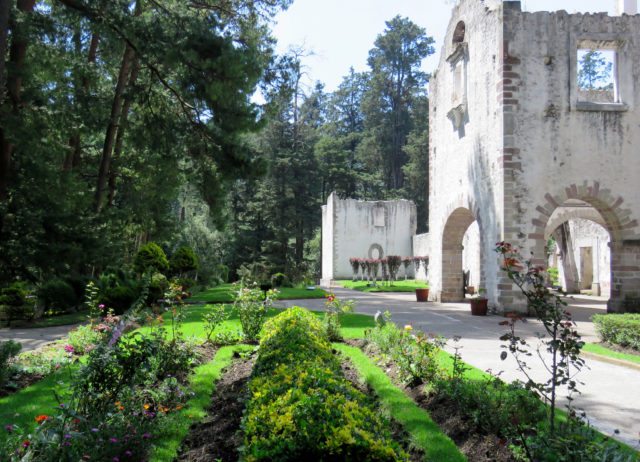
In 1810 there was a war for independence, and the city government requisitioned the monstery as a military headquarters.
In 1876, President Lerdo de Tejada announced that the forested area would become an ecological reserve. This was done in an effort to preserve the natural springs that provided fresh water to Mexico City. The Desierto de los Leones became the first natural area in the country to be protected by the government.
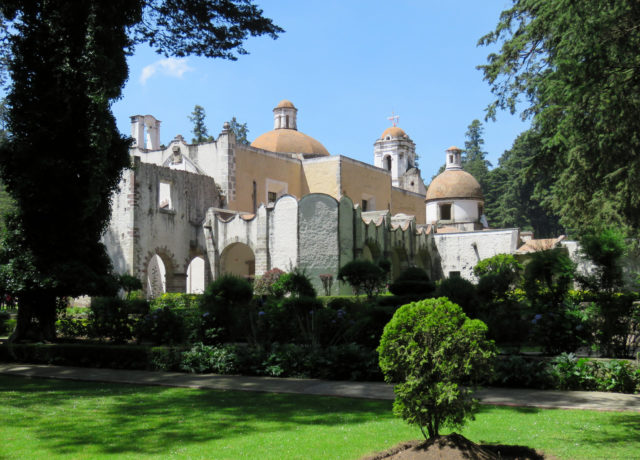
In the 1880s, the Mexican government encouraged investment in this region and allowed so much logging that the subsequent deforestation had disastrous effects on the water supply. Consequently, when the land was auctioned off a few years later, it was with the condition that the springs should be monitored and preserved.
However, such concerns did not prevent Victoriano Huerta, the President of Mexico in 1914, from proposing to turn part of the forest into a casino. Thankfully, his plans were undermined by the revolution.
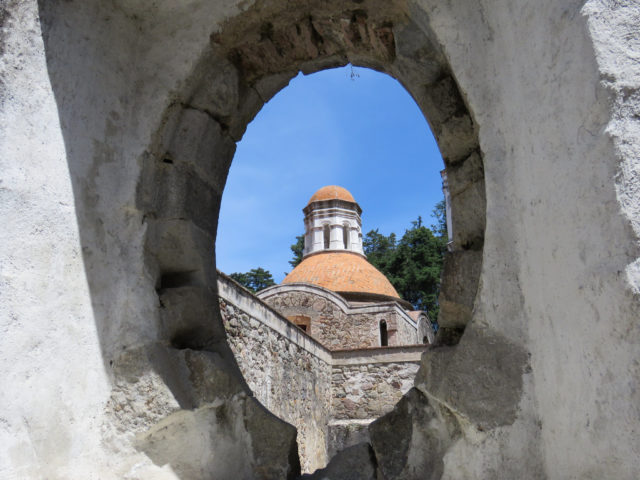
In 1917, the area was officially declared Mexico’s first national park. And after 20 years, the monastery itself became a national monument.
The Ministry of Public Works is the only institution authorized to cut down trees in this area. In addition, no hunting or livestock permissions can be given in relation to the Desierto de los Leones.
The area has been restored and is now open to the public. The monastery building itself has been turned into a museum where visitors can learn about the life of the monks who once lived there. The surrounding grounds offer opportunities for mountain biking and camping.
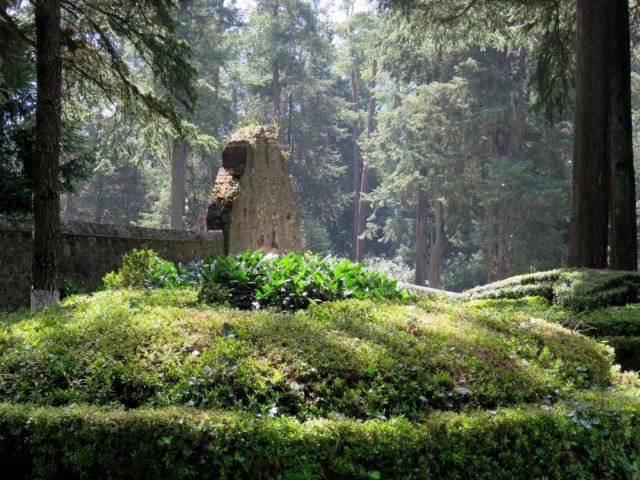
The Mexican government was keen to both expand and maintain such an important place. Unfortunately, climate issues and environmental pollution made care of the park complicated.
In response to such issues, the government created a program called SOS Operation Desert in 1996. This program addressed deforestation caused by plagues or wildfires and also provided for feeding and caring for certain native wild animals, such as the white-tailed deer.
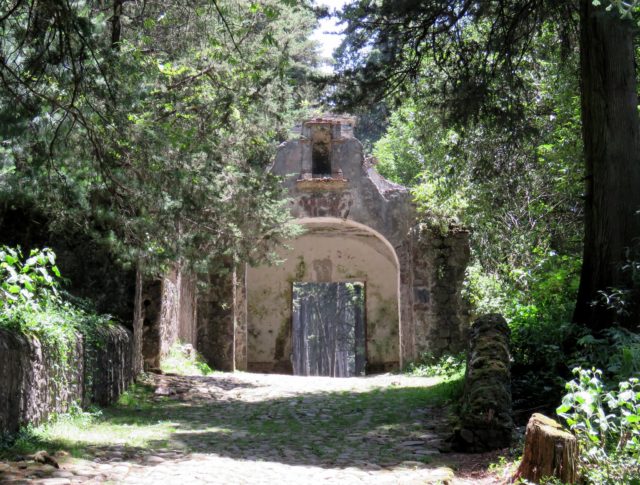
It is also necessary to protect the forest from pollution caused by nearby urban areas. With around 16,000 people living right next to the Desierto de los Leones, there are ongoing problems with garbage dumping, logging, and national park land being used for grazing animals.
All those beautiful photographs belong to Roberto Ruiz Cámara who has kindly given us his permission to share them in this article about the history of Mexico City’s national park.
We owe him our thanks and if you liked these pictures, you should definitely check out Roberto’s Flickr account via this link.
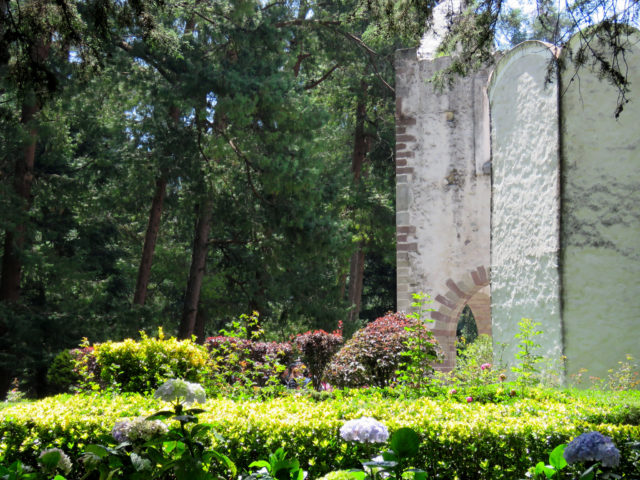
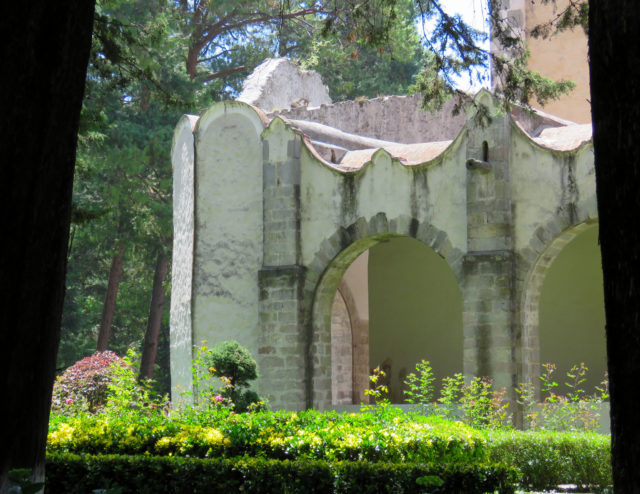
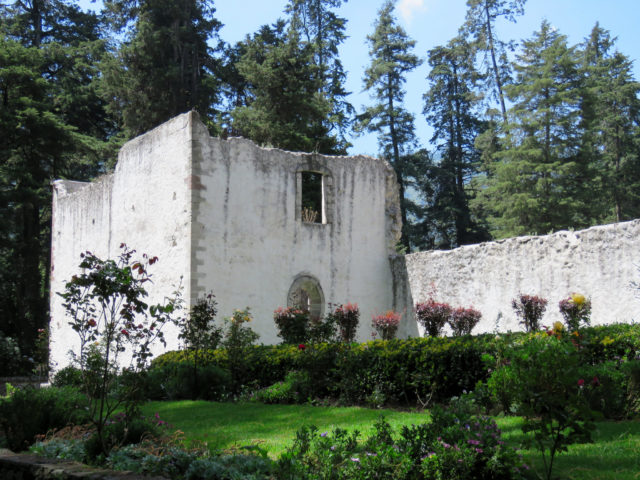
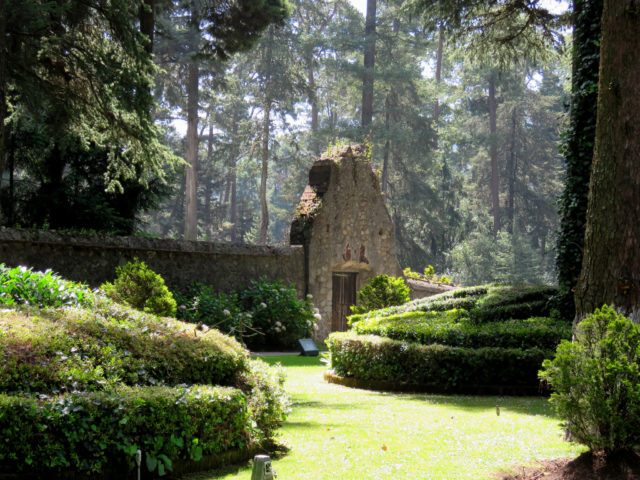
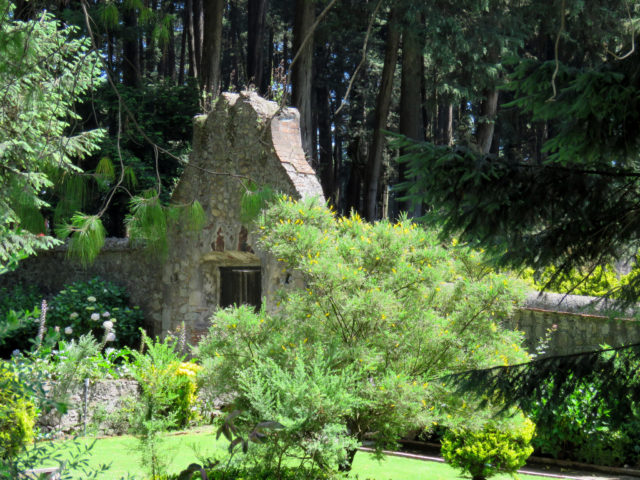
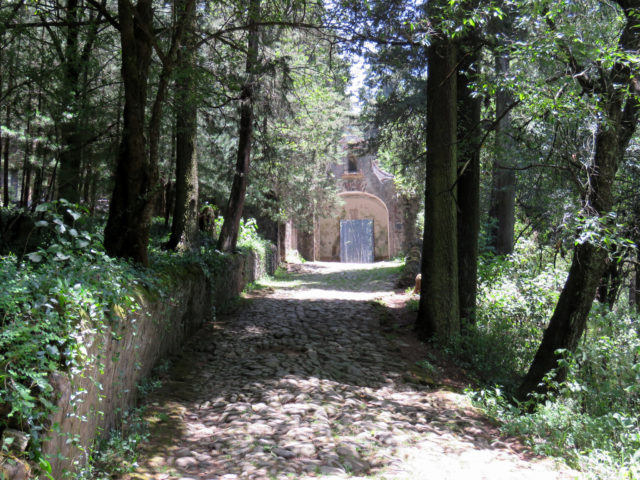
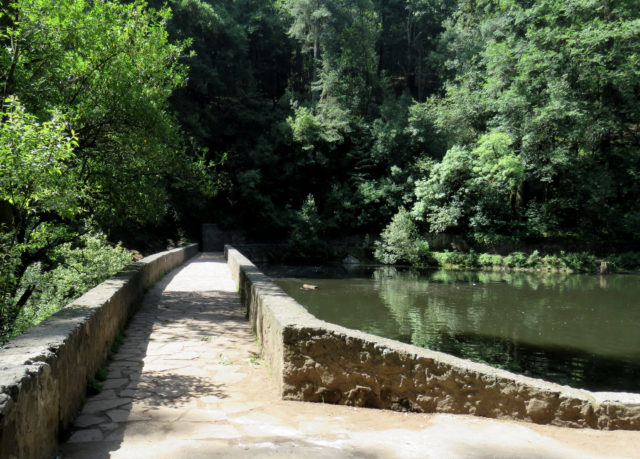
Iconic: Ellis Island Immigrant Hospital, Deserted Since 1954
